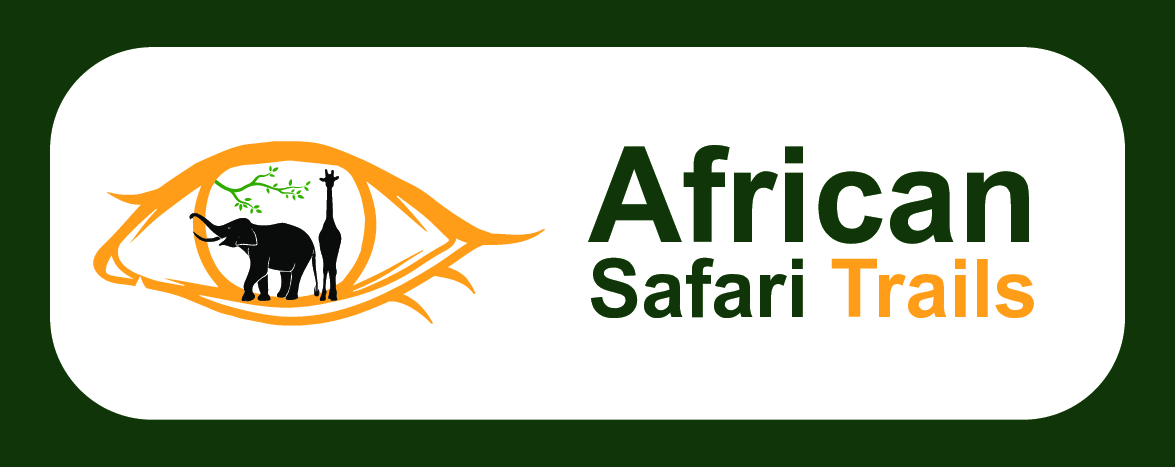The Impact of Tourism on Gorilla Conservation
Tourism has had a profound and largely positive impact on mountain gorilla conservation in Rwanda, transforming their fate from the brink of extinction to a remarkable conservation success story.21 The model adopted by Rwanda (and Uganda) is often cited as a prime example of how high-value, low-impact tourism can directly fund and incentivize conservation.
Here’s how tourism impacts gorilla conservation:
- Revenue Generation and Direct Funding:
- High Permit Fees: Rwanda charges a premium price for gorilla trekking permits ($1,500 USD per person per trek).22 This high cost, while significant for visitors, is the cornerstone of conservation funding.
- Direct Reinvestment: A substantial portion of the revenue generated from these permits is directly channeled back into:
- Park Management: Funding daily operations of Volcanoes National Park, including ranger patrols, anti-poaching efforts, and infrastructure maintenance.
- Gorilla Protection: Supporting the salaries of rangers, trackers, and the specialized veterinary care provided by organizations like Gorilla Doctors, who monitor gorilla health and intervene when necessary.
- Research and Monitoring: Financing scientific research on gorilla behavior, ecology, genetics, and disease, which informs conservation strategies.
- Community Benefits and Engagement:
- Revenue Sharing Program: Rwanda has a successful revenue-sharing program where a percentage (currently 10%) of the park’s tourism revenue is reinvested into community development projects in villages surrounding Volcanoes National Park. This includes building schools, health centers, providing clean water, and supporting local businesses.23
- Alternative Livelihoods: Tourism creates direct and indirect employment opportunities for local communities as porters, guides, lodge staff, craft sellers, and performers. This reduces their reliance on natural resources within the park (e.g., firewood, bushmeat, agricultural expansion), thereby decreasing human-wildlife conflict and poaching pressure.
- Stewardship: When communities directly benefit from gorilla tourism, they become active stakeholders and “guardians” of the gorillas and their habitat, understanding their value and fostering a sense of ownership in conservation.24
- Increased Awareness and Global Advocacy:
- Publicity: Gorilla tourism generates immense global publicity and media attention for mountain gorillas and their conservation needs.25 This raises awareness among international audiences about the species’ fragility and the importance of conservation.
- Advocacy: Tourists who have had a profound experience seeing gorillas in the wild often become powerful advocates and donors for gorilla conservation efforts, further supporting organizations working on the ground.
- Incentive for Protection:
- Economic Value: By making gorillas a valuable economic asset, tourism provides a strong incentive for the Rwandan government and local communities to protect them. The more gorillas there are, and the healthier they are, the more tourism revenue can be generated.
- Political Will: The economic benefits derived from gorilla tourism contribute significantly to Rwanda’s national budget, ensuring sustained political will and investment in conservation.26
- Strict Management and Low-Impact Model:
- Limited Access: The Rwandan government strictly limits the number of gorilla permits issued daily (only 8 trekkers per gorilla family per day), minimizing disturbance to the gorillas and their habitat.27
- Controlled Interaction: Treks are strictly guided, with rules regarding distance from gorillas (7 meters/23 feet), time spent with them (one hour), and health protocols (wearing masks to prevent disease transmission).28 This ensures that human interaction is managed to minimize stress and disease risk.
While challenges like potential disease transmission and habitat degradation (if not meticulously managed) exist, Rwanda’s model demonstrates that with careful planning, high-value pricing, strong community engagement, and strict regulations, tourism can be a powerful force for the positive conservation of endangered species like the mountain gorilla.
